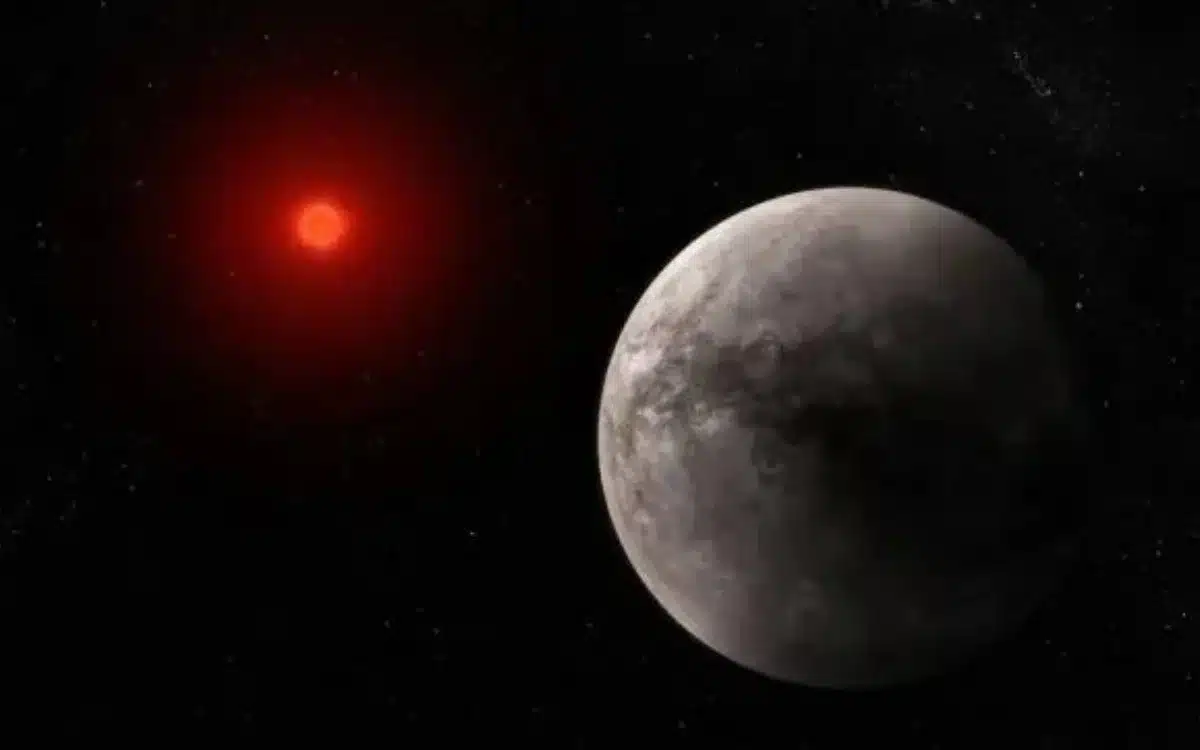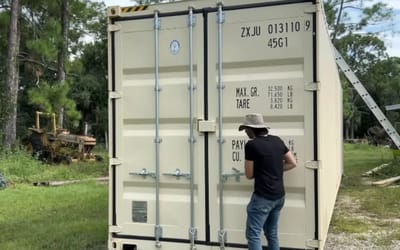James Webb Telescope observes light on Earth-like planet for the first time in history
- The James Webb Space Telescope has discovered light on an Earth-like planet
- It’s the first time this has happened in history
- The planet is comparable in size to Earth but has no atmosphere
Published on Apr 05, 2024 at 3:05 PM (UTC+4)
by Amelia Jean Hershman-Jones
Last updated on Apr 05, 2024 at 7:47 PM (UTC+4)
Edited by
Tom Wood
In proof – if any were needed – that our knowledge of the universe is expanding, the James Webb Telescope has discovered light on an Earth-like planet for the first time.
However, while the planet is comparable in size to Earth and has an M-dwarf star (the smallest and coolest kind), it has no atmosphere.
NASA’s infrared Spitzer Space Telescope discovered seven rocky exoplanets orbiting a star known as TRAPPIST-1 around eight years ago.
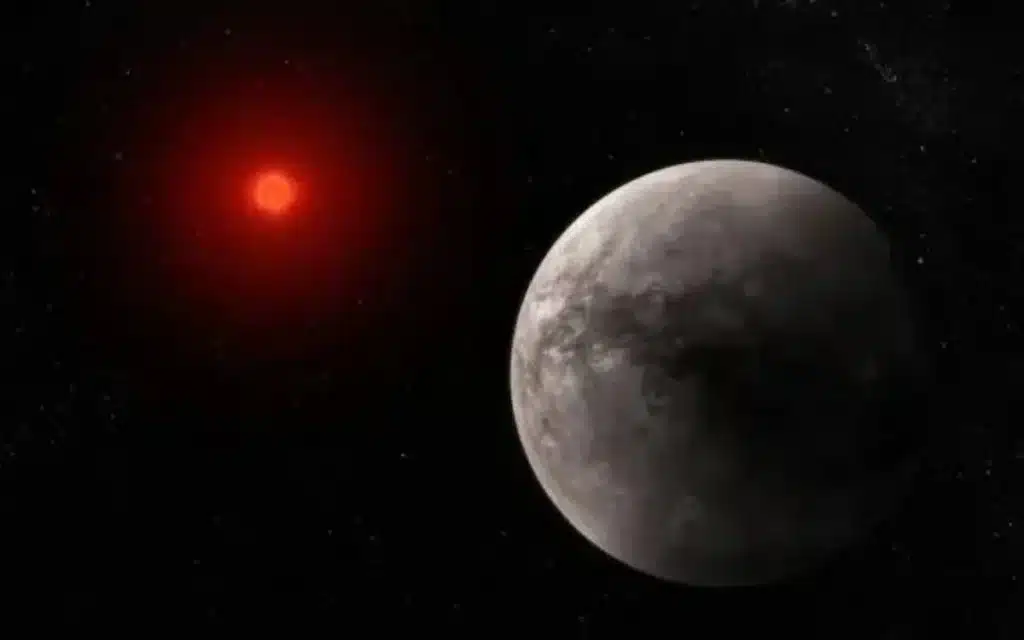
READ MORE! NASA reveals lunar racer car that’ll transport astronauts to uncharted destinations on the Moon
But now NASA’s James Webb Space Telescope has taken a deeper look in a study published in the journal Nature.
While no visible light was emitted, TRAPPIST-1b, gave off an infrared glow.
The sun, roughly 40.7 light-years away from Earth, was discovered 24 years ago.
In other deep space news, scientists have discovered a. body of water in a black hole 30 billion trillion miles away.
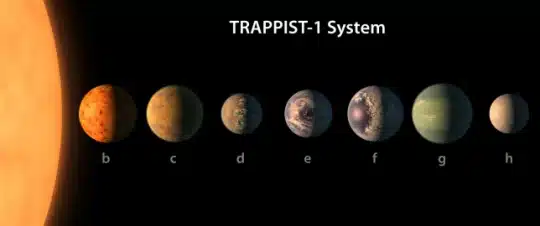
“There was one target that I dreamed of having,” Dr Pierre-Olivier Lagage, co-author of the study, said.
“And it was this one.
“This is the first time we can detect the emission from a rocky, temperate planet.
“It’s a really important step in the story of discovering exoplanets.”
The telescope was able to measure the temperature of one of the rocky exoplanets orbiting the star.
And it’s pretty hot, clocking in at a blistering 230°C (446°F).
The innermost planet in the cluster receives four times the energy that Earth gets from the Sun.
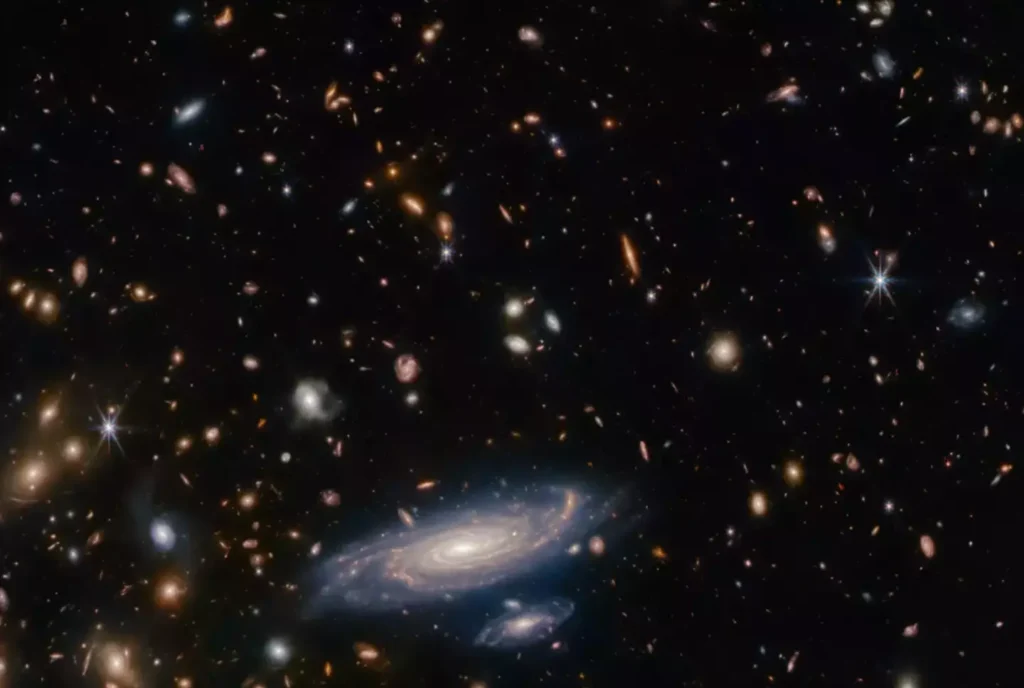
In other solar news, an ‘artificial sun’ here on Earth has set a record after achieving a temperature seven times hotter than our sun’s core.
Simulations of the tide-locked planet, with one side always facing its bright host and the other in permanent darkness, suggest it has no atmosphere.
Air would redistribute heat around both sides, resulting in a lower temperature.
NASA explained that it’s the first exoplanet found to have any form of light while being as small and as cool as rocky planets in our own solar system.
“These observations take advantage of Webb’s mid-infrared capability,” Dr Thomas Greene, a NASA astrophysicist and the study’s lead author explained.
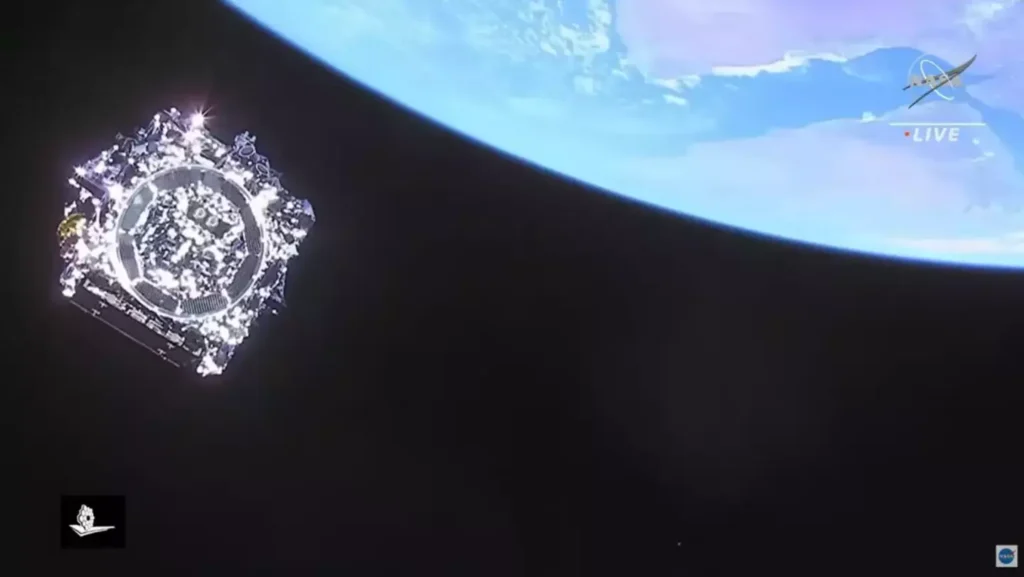
“No previous telescopes have had the sensitivity to measure such dim mid-infrared light.”
In a press release, NASA explained the significance of the findings.
“The result marks an important step in determining whether planets orbiting small active stars like TRAPPIST-1 can sustain atmospheres needed to support life,” it said.
“It also bodes well for Webb’s ability to characterize temperate, Earth-sized exoplanets using MIRI.”
And proving their commitment to getting humans into space on a more regular or permanent basis, NASA is creating a new time zone for the moon.
DISCOVER SBX CARS: The global premium car auction platform powered by Supercar Blondie
All Supercar Blondie contributors undergo editorial review and fact-checking to ensure accuracy and authority in automotive journalism. After gaining her BA Hons in French and English at the University of Nottingham, Amelia embarked on a vocational diploma from the National Council for the Training of Journalists (NCTJ). This led to numerous opportunities, from interning at Vogue to being on the small team that launched Women’s Health magazine in the UK, which was named the PPA Consumer magazine of the year for three years running. As Health, Beauty and Fitness editor, Amelia personally received a Johnson & Johnson Award and was shortlisted for both PPA and BSME titles. Since then, Amelia has created content for numerous titles and brands, including the Telegraph, 111 Skin, Waitrose, Red magazine, Stylist, and Elle, as well as being Head of Content at Vitality and Editor in Chief at INLondon magazine. “My superpower is translating technical jargon about the mechanical workings of a supercar into a relatable story you’ll want to share with your friends after you’ve read it.” After joining the SB Media family as a senior journalist in September of 2023, Amelia’s role has evolved to see her heading up the SEO output of the editorial team. From researching the most ‘Google-able’ key terms to producing evergreen content - it’s been a time of hard work, growth, and success for the editorial team and the Supercar Blondie website. “I like to think of myself as a ‘method journalist’. In other words: I live and breathe whatever I am writing about. When writing about fitness, I trained as a personal trainer, and as a beauty editor, I completed an ‘expert’ in scent diploma with the Fragrance Foundation. “During my tenure at Supercar Blondie, however, I did something I never thought possible: I passed my driving test at the age of 36. One day I’d love to train as a mechanic to better understand what happens under the hood, too. “My sweet spot is providing readers with a ‘takeaway’ (read: something new they didn’t know before) after reading every one of my stories. While I don’t claim to be an expert in the automotive world, I know the experts and bodies in the field to rely on to provide our readers with an informative and thought-provoking story every time they visit the site.”
